In 2024, the world turned to Google not just for answers but for a glimpse into the collective zeitgeist. The search engine’s annual trending report reveals key topics that dominated global attention. From Liam Payne’s reemergence in pop culture to the aesthetic allure of “Coastal Granddaughter” lifestyles, the year’s top searches reveal more than fleeting curiosities—they’re a barometer for consumer desires, anxieties, and cultural touchpoints.
Consider this: According to Google Trends, searches for “Coastal Granddaughter” spiked by 320% globally in the second half of 2024, coinciding with a broader cultural embrace of slow living and minimalist aesthetics popularized on platforms like TikTok and Instagram. Meanwhile, celebrity names dominated the charts, with Liam Payne topping entertainment searches, reflecting a wave of millennial nostalgia for the early 2010s boyband era.
“We’re seeing a clear fusion of nostalgia and aspiration,” says Sarah Thompson, a digital culture analyst at TrendLab. “Consumers are not just revisiting the past; they’re reshaping it to align with modern values like mindfulness and individuality.” This interplay between the past and present underscores a larger trend in consumer behavior—one that marketers, product developers, and cultural commentators should not overlook.
But it’s not all about aesthetics and nostalgia. Searches for “AI fitness coach” and “mental health support apps” also surged, reflecting growing consumer interest in self-optimization through technology. In a year where artificial intelligence became ubiquitous, consumers sought practical ways to integrate these tools into their lives, driving a 150% year-over-year increase in searches for AI-related personal wellness solutions.
As we unpack these trends, it’s clear that 2024 was a year of looking inward and outward—balancing self-improvement with a longing for simpler, more familiar times. This interplay offers a rich field of insights for understanding the priorities and emotions driving consumer behavior in an increasingly complex world.
The Year in Searches: A Snapshot
Google’s 2024 trending searches paint a vivid picture of what captured the world’s attention this year, with three themes standing out: celebrity culture, aspirational aesthetics, and the intersection of technology and self-improvement. Each category offers a unique lens into the year’s defining societal events and cultural moments.
Celebrity Culture: Nostalgia Meets Revival
From Liam Payne’s resurgence to Beyoncé’s record-breaking “Renaissance Tour,” celebrity names dominated search queries. Payne’s return to the spotlight, particularly after his health revelations and viral moments on social media, drove his name to the top of the entertainment category. Searches for “Liam Payne recovery” and “One Direction reunion rumors” surged by 270% in the weeks following his heartfelt interviews, underscoring the enduring pull of millennial-era pop icons.
Beyoncé’s Renaissance Tour sparked widespread digital engagement, with ‘Beyoncé tour dates’ among the most-searched phrases globally. Live Nation reported a 22% increase in concert ticket sales compared to 2023, a statistic mirrored in the search data.
Aspirational Aesthetics: From Coastal Granddaughter to Cottagecore 2.0
The phrase “Coastal Granddaughter” encapsulated the year’s fixation with aspirational living, leading to a 320% spike in global searches. The aesthetic, characterized by linen dresses, muted tones, and breezy seaside settings, gained traction on TikTok and Instagram, particularly among Gen Z and millennials. Its popularity can be tied to larger cultural movements emphasizing simplicity, mindfulness, and the escapism of a slower-paced life—a direct counterbalance to the chaos of modern digital culture.
Other aesthetics like Cottagecore, rebranded with an eco-conscious twist, and the ever-popular Barbiecore also made waves. The latter enjoyed a resurgence thanks to the continued cultural momentum of Greta Gerwig’s Barbie film, with searches for “Barbie outfits” and “Barbie-themed parties” peaking around Halloween.
Technology and Self-Improvement: AI Goes Personal
If 2023 was the year AI went mainstream, 2024 was the year it got personal. Queries like “best AI fitness coach” and “AI personal assistant reviews” reflected a growing reliance on technology for day-to-day improvement. Searches for AI mental health tools doubled year-over-year, fueled by high-profile endorsements from wellness influencers and tech companies pivoting toward health-focused applications. Notably, apps like MindMate and CoachAI experienced a 150% uptick in downloads, according to app analytics firm Sensor Tower.
The rise in AI-driven solutions highlights a pivotal shift: consumers are looking for tools that don’t just inform but actively enhance their lives. In a fast-paced, tech-saturated world, the demand for AI to be a partner in wellness, creativity, and productivity reflects a deeper yearning for balance and control.
Each of these trends—be it the romanticism of past eras, the pursuit of aesthetic perfection, or the integration of AI into personal growth—offers a revealing glimpse into the cultural forces shaping 2024. Together, they form a mosaic of consumer aspirations and anxieties, one that brands and analysts alike should study closely.
Decoding Consumer Behavior
Each trending search in 2024 reflects a deeper insight into consumer values, aspirations, and anxieties. By examining the data more closely, we can uncover the emotional and cultural drivers behind these trends—offering a roadmap for understanding where consumer priorities lie.
1. Liam Payne: Nostalgia for the Early 2010s
The resurgence of Liam Payne as a top-searched celebrity points to a yearning for the simplicity and optimism of the early 2010s. As millennials—many of whom came of age during One Direction’s peak—face the pressures of midlife, this nostalgia for their formative years has manifested in renewed interest in boyband culture. This trend aligns with a broader pattern of pop culture revivals, seen also in the resurgence of early 2000s fashion trends like cargo pants and butterfly clips.
2. Coastal Granddaughter: Aesthetic Minimalism Takes Center Stage
The rise of ‘Coastal Granddaughter’ reflects a broader shift toward simplicity and aspirational minimalism. The aesthetic’s muted colors, airy linens, and tranquil imagery symbolize an escape from the frenetic pace of digital life. It also suggests a growing appreciation for aspirational but attainable lifestyles—ones that blend minimalism with a touch of indulgence. Brands tapping into this trend, such as lifestyle influencers and boutique fashion labels, have seen a measurable boost in engagement, with TikTok videos tagged #CoastalGranddaughter garnering over 1 billion views in 2024.
3. AI Fitness and Wellness Tools: A Desire for Efficiency
Searches for “AI fitness coach” and “mental health apps” underscore a practical consumer desire: the ability to improve well-being through technology. These tools not only offer convenience but also provide the personalized insights consumers increasingly expect. The surge in such searches suggests that people are seeking efficiency in their self-improvement journeys, mirroring a larger societal emphasis on productivity—even in personal health.
4. Barbiecore: The Intersection of Fun and Feminism
The continued momentum of Barbiecore speaks to a layered cultural narrative. On the surface, it’s about vibrant colors and nostalgia, fueled by the success of Greta Gerwig’s Barbie. But it also reflects a deeper societal conversation about femininity, empowerment, and the reclaiming of traditionally “girly” aesthetics. Search data shows spikes in queries related to Barbie-themed events, with a significant portion coming from millennials and Gen Z women, illustrating how the trend resonates across generations.
5. Climate-Conscious Aesthetics: Cottagecore Evolves
With “eco-Cottagecore” becoming a trending phrase, consumers are blending aesthetic preferences with environmental consciousness. This evolution of Cottagecore emphasizes sustainable practices, from upcycled fashion to eco-friendly home decor. It highlights a shift in values where consumers want their lifestyle choices to reflect their ethical beliefs—an expectation increasingly directed at brands as well.
6. Wellness Through Nature: Forest Bathing and Outdoor Retreats
Searches for “forest bathing benefits” and “nature retreats near me” saw a 180% increase, signaling a rising interest in wellness practices tied to the outdoors. This trend reflects anxiety about over-reliance on technology and a desire to reconnect with the physical world. It also mirrors the broader cultural interest in mindfulness, creating opportunities for brands in travel, wellness, and even tech to innovate with nature-focused experiences.
7. Live Experiences: The Beyoncé Effect
The massive search volume for “Beyoncé tour dates” highlights a strong consumer desire for in-person experiences, even as digital entertainment options proliferate. The record-breaking attendance for her Renaissance Tour is emblematic of a broader trend: people seeking moments of collective joy and escapism in a world still recovering from the isolation of the pandemic.
From nostalgia to sustainability, the top search trends of 2024 reveal a complex but cohesive narrative: consumers are seeking balance—between the past and the present, between convenience and mindfulness, and between digital tools and real-world connections. These insights not only explain the year’s cultural fascinations but also offer brands a roadmap for meeting consumers where they are.
Trends Shaping Industries
The top Google searches of 2024 are more than just curiosities; they serve as leading indicators of industry shifts. From fashion to entertainment to wellness, these searches reveal emerging consumer demands that are already reshaping markets.
Fashion and Beauty: Lifestyle Aesthetics Drive Purchasing Decisions
The meteoric rise of “Coastal Granddaughter” and other aesthetics such as “Barbiecore” has had a measurable impact on the fashion and beauty industries. According to Lyst’s 2024 Fashion Report, searches for linen dresses and oversized cardigans—hallmarks of the Coastal Granddaughter style—increased by 40% year-over-year, driving a surge in demand for minimalist, high-quality wardrobe staples. Brands like Everlane and Reformation, which align with these aesthetic principles, reported double-digit growth in online sales during the third quarter.
Similarly, “Barbiecore” fueled a 22% spike in searches for pink apparel and accessories, with major retailers like Zara and H&M introducing Barbie-inspired collections. The beauty industry has also capitalized on these trends; data from NPD Group shows that pink-toned makeup products saw a 35% increase in sales following the success of Greta Gerwig’s Barbie film.
Entertainment: Nostalgia and Star Power Drive Demand
Consumer search trends have reaffirmed the entertainment industry’s reliance on nostalgia and star power to generate engagement. Google reported that “Liam Payne” was among the top 10 most-searched names in 2024, signaling a revival of interest in early 2010s pop icons. This trend aligns with streaming platforms capitalizing on nostalgia, such as Netflix’s acquisition of early One Direction documentaries, which saw a 15% increase in viewership in November alone.
Meanwhile, Beyoncé’s Renaissance Tour demonstrated the power of live experiences. Ticketmaster’s data revealed a 28% increase in average ticket prices for her shows compared to 2019, reflecting not only the demand for in-person events but also the willingness of consumers to pay for premium, once-in-a-lifetime experiences.
Wellness: Technology Meets Self-Care
The wellness industry continues to adapt to growing consumer interest in mental health and fitness technologies. Searches for “AI fitness coach” and “mental health support apps” increased by 150% and 90%, respectively, according to Google Trends. Companies like Peloton and Calm have benefited from this surge, with Peloton reporting a 25% uptick in subscriptions tied to its AI-integrated training programs.
At the same time, the demand for personalized nutrition solutions has reshaped the diet industry. Searches for “DNA-based diets” and “customized meal plans” jumped by 70% compared to 2023, indicating a shift toward bespoke health solutions. This trend aligns with data from MarketWatch, which predicts the personalized wellness market will exceed $9 billion by 2025.
Convergence Across Industries
What’s striking about these trends is how they often intersect. The Coastal Granddaughter aesthetic, for example, not only influences fashion but also wellness, with consumers searching for “beachside yoga retreats” and “mindful coastal living.” Similarly, the resurgence of nostalgic entertainment has driven increased sales in merchandise, from concert memorabilia to limited-edition collectibles.
These trends underscore a broader consumer desire for experiences and products that feel personal, meaningful, and rooted in larger cultural narratives. For businesses, the message is clear: the key to staying relevant lies in understanding not just what consumers are searching for but why those searches matter.
What This Means for Brands
For businesses, the 2024 search trends are more than a summary of consumer curiosities—they’re a playbook for anticipating and meeting evolving demands. Leveraging search data isn’t just about understanding what consumers want today; it’s about predicting what they’ll desire tomorrow and adapting accordingly.
Leveraging Search Data for Consumer Alignment
Search data provides a direct line to consumer interests, values, and behaviors. Brands that monitor these trends can develop marketing campaigns and products that resonate with real-time needs. For instance, fashion brands that embraced the “Coastal Granddaughter” aesthetic early on reaped significant rewards. Searches for linen trousers and oversized sweaters rose by 320%, signaling a shift in consumer demand for minimalist designs.
Similarly, the surge in queries for AI wellness tools highlights a ripe opportunity for tech and wellness companies to collaborate on user-centric solutions. Companies like Calm, which incorporated AI-driven sleep coaching tools, have already capitalized on this demand, achieving a 22% growth in app downloads this year.
Staying Attuned to Micro-Trends
While macro-trends like nostalgia and sustainability provide a broad framework, the real value lies in tapping into micro-trends—specific niches that are gaining traction within larger movements. Consider the evolution of Cottagecore into eco-Cottagecore. This micro-trend combines aesthetic appeal with sustainability, signaling a dual priority for consumers: lifestyle and ethical responsibility.
By acting on these smaller but significant shifts, brands can position themselves as pioneers in emerging markets. For example, home decor companies that introduced upcycled furniture styled in eco-Cottagecore designs saw a 30% increase in sales on platforms like Etsy and Wayfair.
Agility in Marketing and Product Development
Search trends also emphasize the need for businesses to remain agile. Consumer interests evolve quickly, and brands that fail to keep up risk losing relevance. For example, in entertainment, the resurgence of Liam Payne as a search trend wasn’t just about his fame; it reflected a broader millennial desire for nostalgia. Streaming platforms that immediately highlighted content related to Payne, like old One Direction concerts or documentaries, gained significant traction compared to competitors who were slower to adapt.
Agility also extends to marketing strategies. Real-time monitoring of search trends allows marketers to craft campaigns that meet consumers where they are. Social media platforms, particularly TikTok, have become hotspots for leveraging trending aesthetics and concepts like Barbiecore. Brands that incorporated these trends in their advertising campaigns reported engagement rates that were 50% higher than standard industry benchmarks.
A Competitive Edge Through Data-Driven Insights
Ultimately, search trends offer brands a way to stay ahead of the curve, but the key is actionable insight. It’s not enough to know that consumers are searching for “mental health apps” or “AI fitness tools.” The next step is understanding the why behind the search—what emotional or practical need the consumer is trying to fulfill—and aligning your offerings accordingly.
In a rapidly evolving marketplace, the brands that succeed will be those that not only track consumer behavior but also adapt their strategies and innovations in real-time. Search trends are no longer just data points—they’re a direct reflection of the consumer psyche, and for savvy businesses, they’re a roadmap to staying relevant.
The Bigger Picture: Human Curiosity in the Digital Age
Search behavior in 2024 offers a unique lens through which to view the complexities of modern society. At its core, these trends reveal an enduring truth about human nature: our unrelenting curiosity and desire for connection. From the nostalgic resurgence of Liam Payne to the tech-driven pursuit of personalized wellness, the intersection of past and future defines how we navigate an increasingly digital world.
The Fusion of Nostalgia and Innovation
This year’s top searches reflect a striking balance between looking back and moving forward. The popularity of searches tied to early 2010s icons like One Direction signals a collective longing for a simpler time—a yearning amplified by the uncertainty of recent years. Yet, this nostalgia is being reshaped by innovation. Platforms like Spotify and YouTube have not only made revisiting these moments effortless but have also introduced new layers of interactivity, from curated playlists to AR-enhanced concert experiences.
In the same vein, trends like Barbiecore and Coastal Granddaughter aren’t just about reliving the past; they represent a reimagining of it. These aesthetics are elevated by modern narratives around empowerment, sustainability, and mindfulness. Nostalgia may fuel the initial spark, but innovation ensures its relevance to today’s consumers.
Individuality in a Collective Context
Another defining characteristic of 2024’s search trends is the blend of individuality with collective experiences. The surge in searches for AI fitness tools and mental health apps reflects a deeply personal journey toward self-improvement, yet these tools are shared widely within digital communities. TikTok challenges centered around these technologies or lifestyle trends exemplify how deeply individual pursuits often become collective movements.
Even entertainment choices, such as the overwhelming demand for Beyoncé’s Renaissance Tour, reflect this duality. While each attendee may connect with the music in their own way, the act of participating in a global cultural moment ties them to a broader community. It’s a reminder that even in an age of hyper-personalization, humans still seek shared experiences that transcend borders.
The Role of Digital Ecosystems
Search trends emphasize how digital platforms influence both consumer behavior and cultural identity. Whether it’s the rise of eco-Cottagecore or the embrace of AI wellness tools, platforms like Instagram, TikTok, and Reddit serve as incubators for these movements. Algorithms surface trends, while users refine and amplify them, creating a feedback loop that drives societal shifts at unprecedented speed.
This dynamic has made search data a powerful tool—not just for marketers and brands, but for sociologists and futurists attempting to understand where society is headed. Each search is a tiny piece of a larger puzzle, reflecting how individuals make sense of an increasingly complex world.
Curiosity as a Constant
At its heart, the data reveals something timeless: humans are, above all else, curious. Whether we’re searching for practical solutions, exploring our identity, or reconnecting with the past, the act of searching is a reflection of our desire to learn, adapt, and connect. In 2024, that curiosity has taken on new forms, fueled by technology but grounded in universal emotions.
As we look ahead, it’s clear that search behavior will continue to evolve, offering even deeper insights into how society balances individuality with collective identity, and nostalgia with innovation. For those paying attention, it’s not just a reflection of where we are—it’s a guide to where we’re going.
Beyond the Keywords
The top Google searches of 2024 are more than a curiosity—they’re a window into the evolving cultural zeitgeist. They capture the hopes, fears, and aspirations that define our time, offering insights that go beyond marketing or product development. For anyone seeking to understand society, search trends provide a valuable tool for decoding how people engage with the world around them.
But this data also invites a challenge: to think critically about the searches we conduct and the trends we follow. What does our collective behavior say about us? How do the answers we seek shape the world we live in?
As technology continues to influence every aspect of our lives, understanding search behavior is not just a task for marketers or data analysts—it’s an opportunity for anyone curious about the intersection of culture, innovation, and identity.
Stay ahead
Get regular insights
Keep up to date with the latest insights from our research as well as all our company news in our free monthly newsletter.
![]()



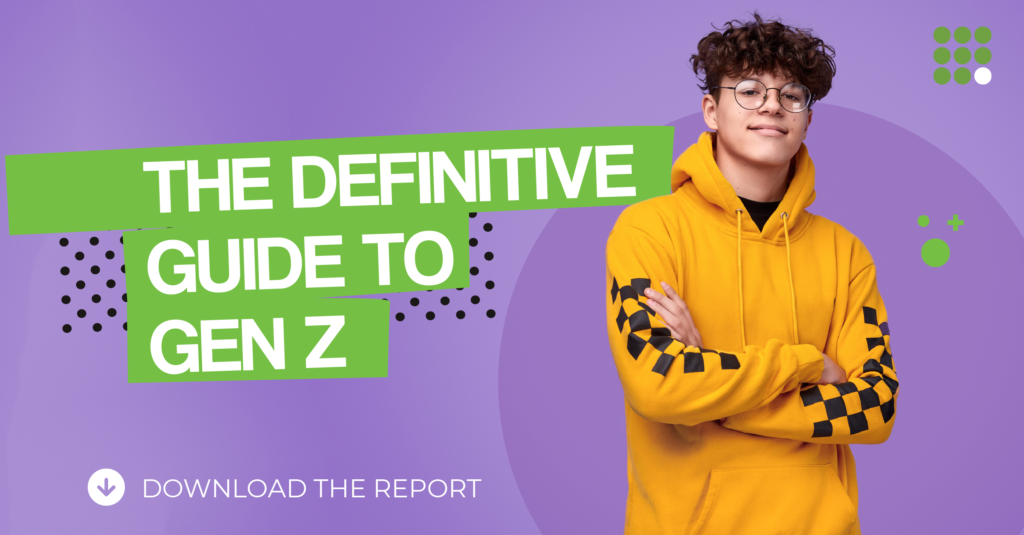


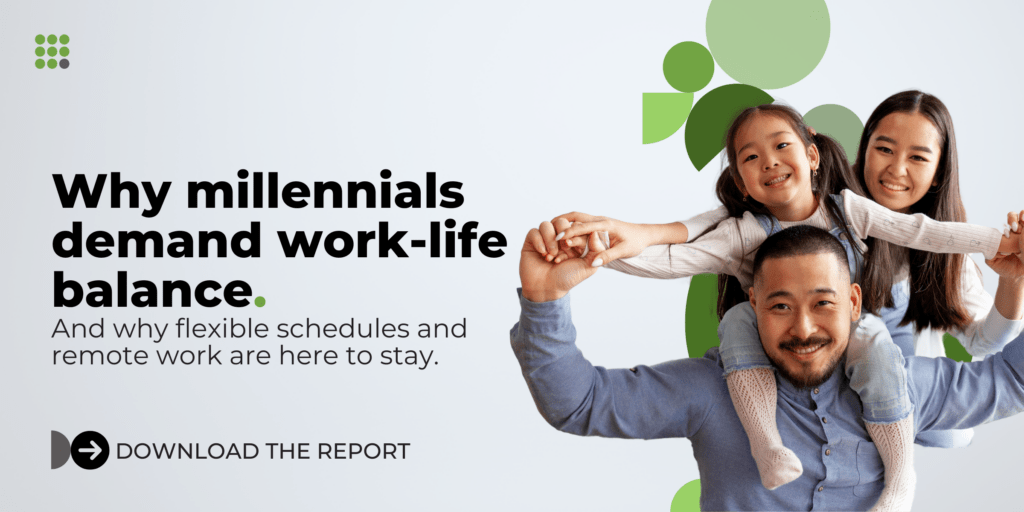

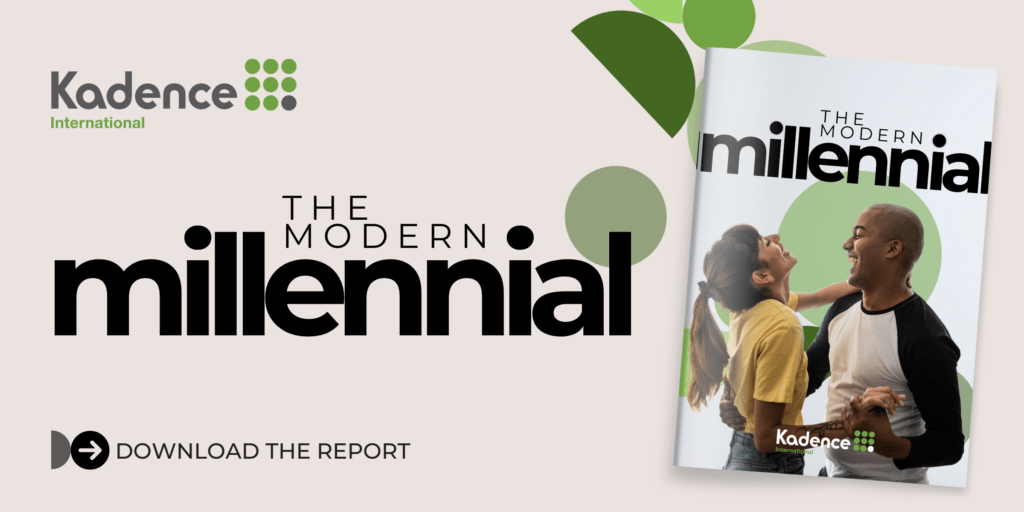

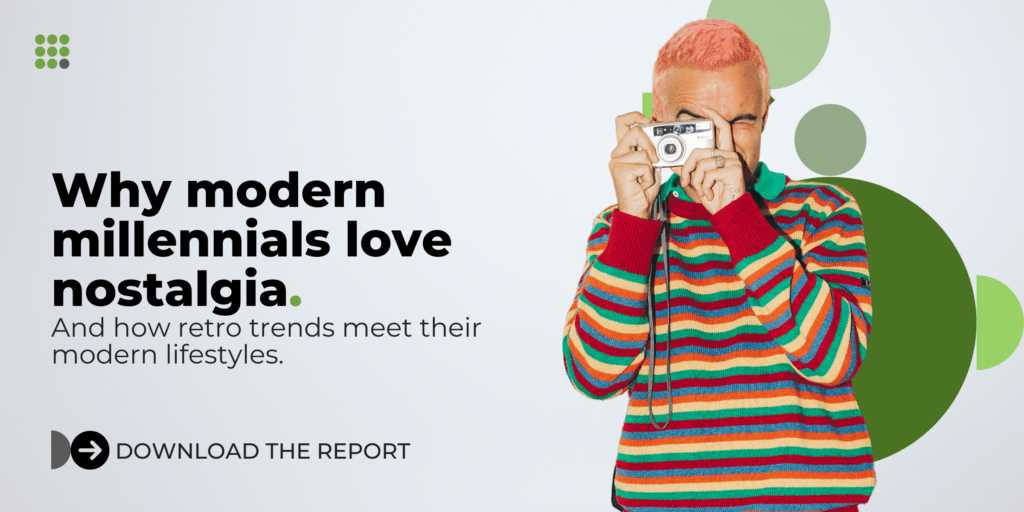


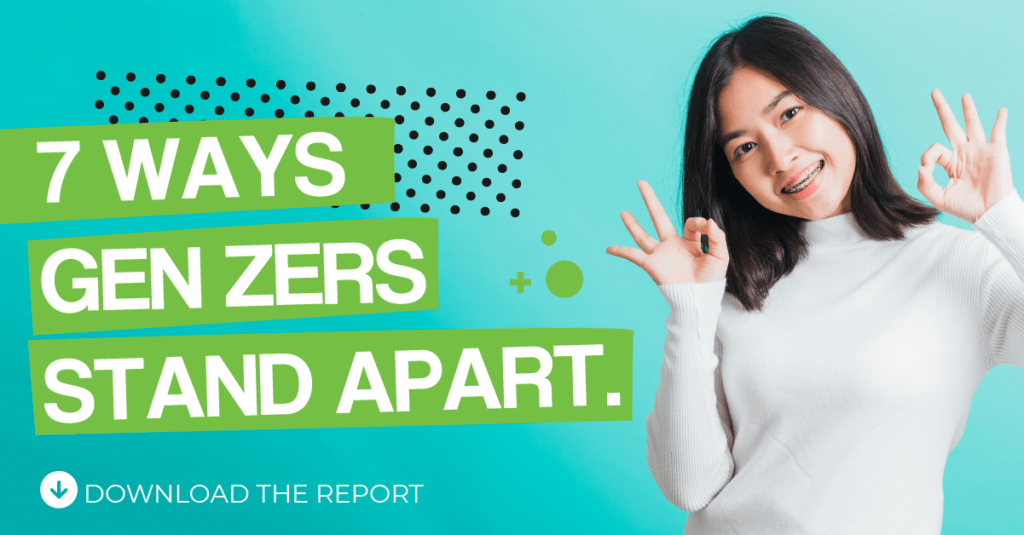
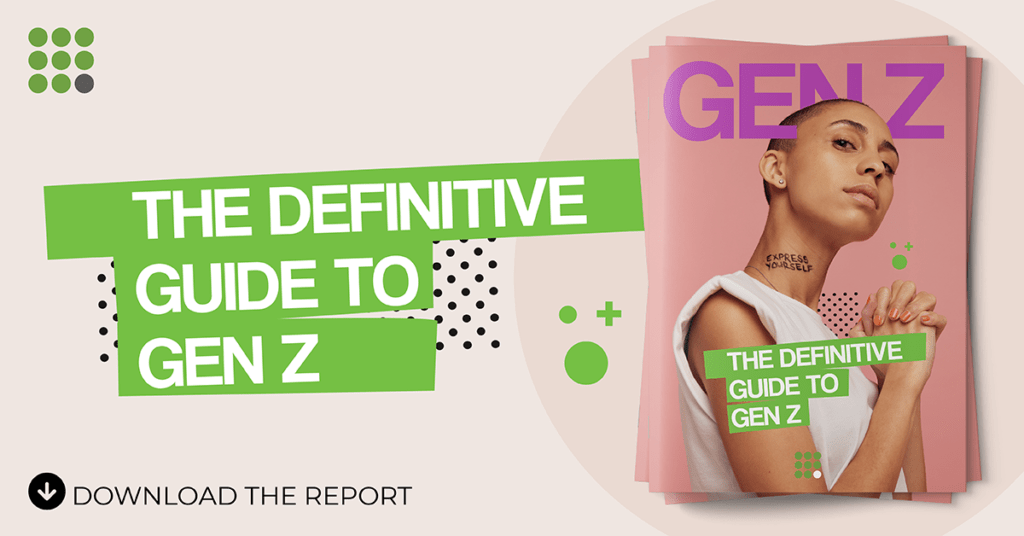

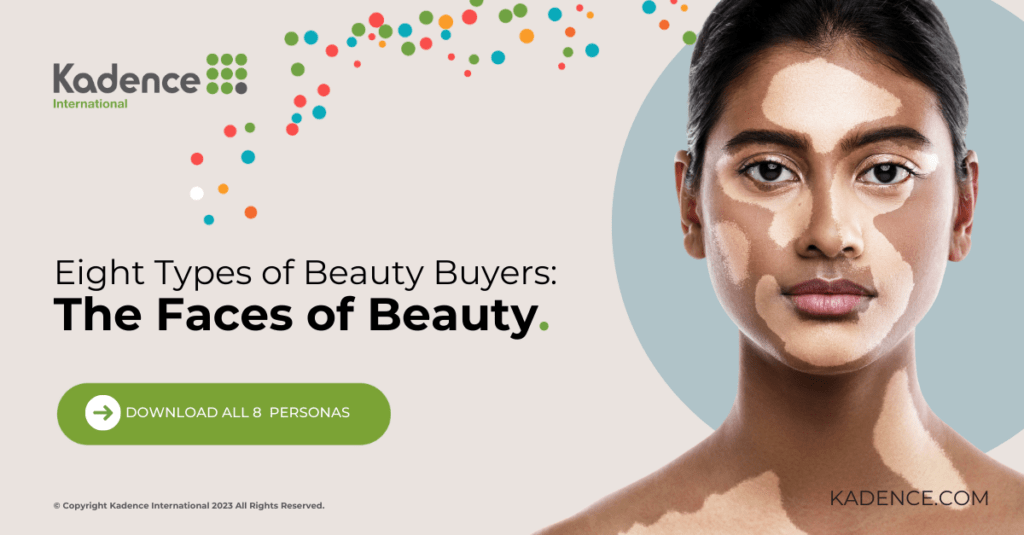
 Senior Marketing Executive
Senior Marketing Executive Sales & Marketing
Sales & Marketing General Manager PR -Internal Communications & Government Affairs
General Manager PR -Internal Communications & Government Affairs Vital Strategies
Vital Strategies
 Customer Intelligence Director
Customer Intelligence Director